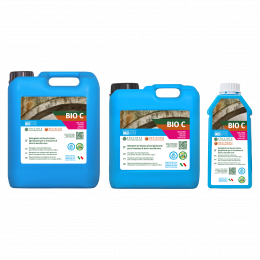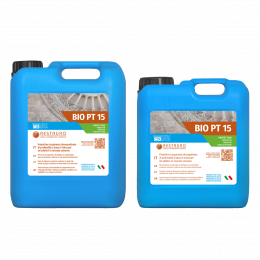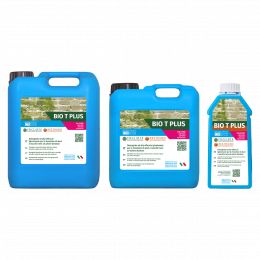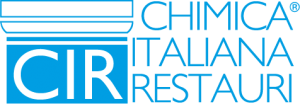
THE PROBLEM
On porous surfaces there are often biological contaminations due to living organisms developing on the surface, after this has already undergone a process of degradation derived from its exposure to the environment and weather.
Reproductive spores and seeds, always present in the air, can be anchored on surfaces, where, if they find the right conditions, they develop, grow and multiply. This phase of their biological cycle induces phenomena of alteration of the stone surface,transforming simple biological air pollutants into biodeteriogens: algae – Lichens – Moss – Weeds.
THE SOLUTION
It is necessary to proceed with the complete removal of biodeteriogens present on the surfaces and their sanitization. It is necessary to apply methods that are effective against biodeteriogens, but at the same time do not interact with substrates, leading to yellowing, increased brilliance or opaqueness of the surface.
The most widely used chemicals in the industry are quaternary ammonium salts,which associate a broad spectrum of action with an generally low toxicity,as well as a deep cleansing action.
Conservative intervention may also include measures to delay the reappearance of biodeteriogens,through the use of specific formulations that create on the outer layer of the material conditions unfavorable to the growth of microorganisms.
OUR PRODUCTS
INTERVENTION CYCLE
1
Apply BIO Cor BIO T PLUS to surfaces infested with microorganisms
2
Wait 24 – 48 hours
3
Proceed with the removal of microorganisms by brushing or rinsing
4
To prevent the formation of biodeteriogens, reapply BIO T PLUS
CIR PRODUCTS STRONG POINTS
OUR TECHNICIAN RECOMMENDS
The cleaning operations to eliminate microorganisms must precede any type of processing or other cleaning; it is important to avoid brushing and sanding before applying the products formulated against biodeteriogens.






